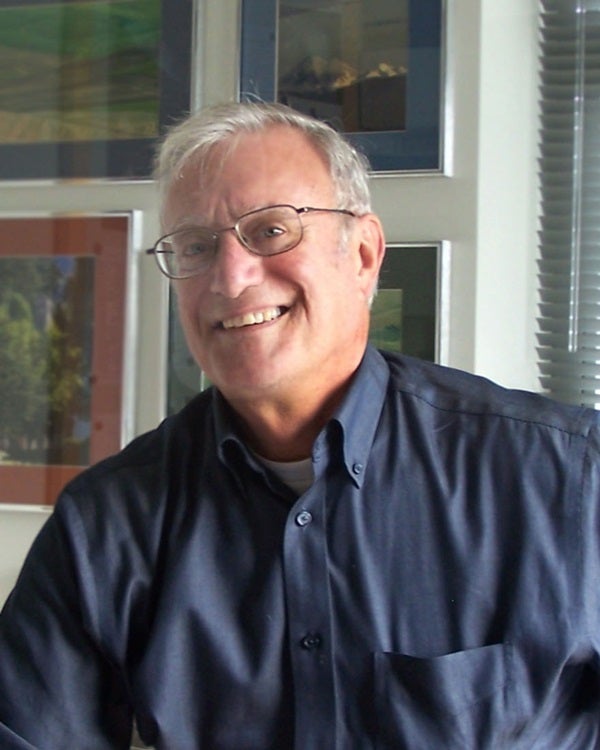The University of Washington in Seattle’s Bruce Balick is one of the greatest authorities astronomy has on planetary nebulae, the end-state of stars like the Sun. Only recently retired as a professor, he continues to research these fascinating objects. In addition, Balick has worked on a great range of topics, including star formation, active galactic nuclei, neutral hydrogen and early-type galaxies, and modeling and understanding, of course, the dynamics of the whole range of planetary nebulae.
In this hourlong interview with Editor David J. Eicher, Balick looks back on his passion for astronomy, which began at an extremely early age. He explains how he went from radio astronomy and studying star formation to looking into the engines behind the stellar death process that creates planetary nebulae and all the opportunities that created [6:15]. He notes how the Hubble Space Telescope transformed his research and how it still continues to do so today as he works with others to study how planetary nebulae inject carbon into the universe [27:00]. He concludes with provided some insight into some of his favorite moments as a teacher and highlights the current state of our understanding of the future of our star [40:20].










